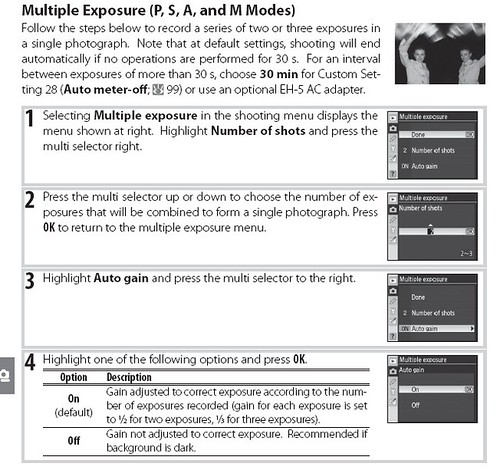Hi guys would like to ask how do i do multiple exposure?
i love to take landscape photos and seems like it's either my sky is overexposed, where my buildings will look fine, or my sky looking fine while my buildings are overexposed.
Heard that i'll have to do multiple exposure to get a good shot, but i'm not sure how to do it..
Anyone can help?
i love to take landscape photos and seems like it's either my sky is overexposed, where my buildings will look fine, or my sky looking fine while my buildings are overexposed.
Heard that i'll have to do multiple exposure to get a good shot, but i'm not sure how to do it..
Anyone can help?



